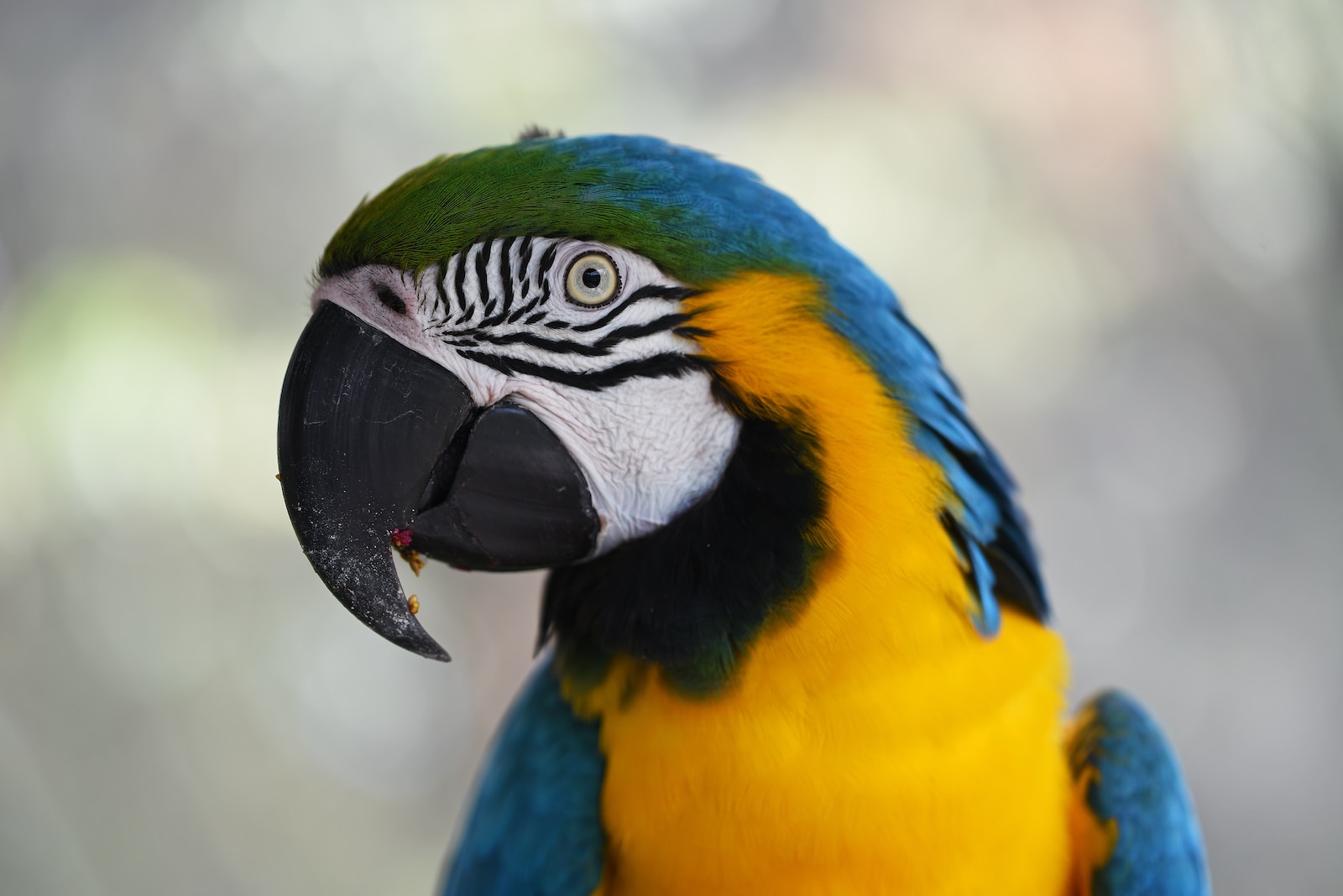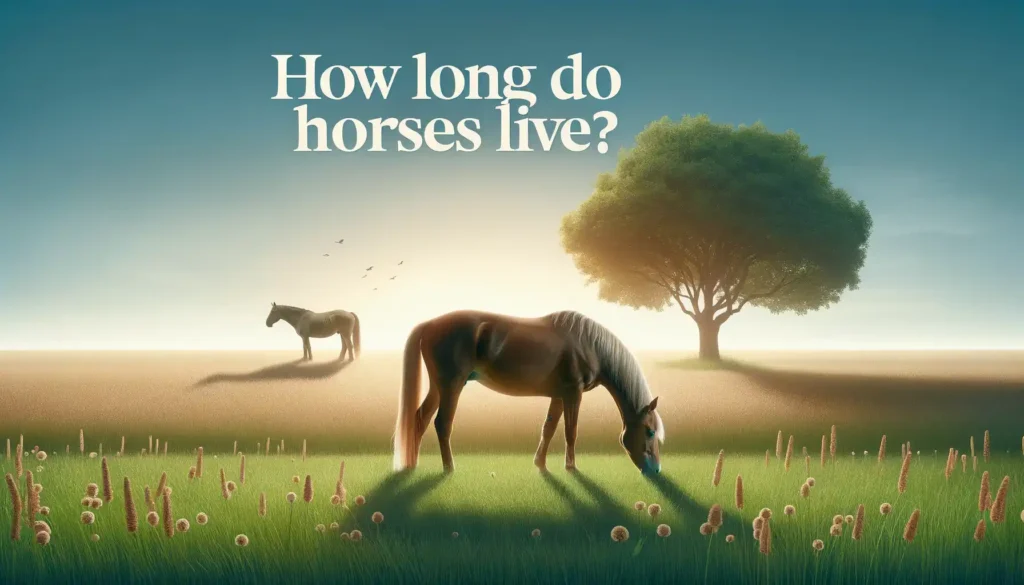Vibrant plumage. Endearing vocalizations. Playful and engaging personalities. These traits make parrots incredibly popular companion birds. When properly cared for, some parrot species can live for decades with their doting owners.
But what determines a parrot’s longevity? Their average lifespans vary greatly across the nearly 400 species that exist.
By understanding what impacts the length of a parrot’s life, we can better meet these intelligent birds’ needs in captivity.
Proper husbandry empowers us to enjoy decades of friendship with our avian buddies. In this blog, we’ll explore the factors that affect parrot lifespans so both owners and birds can thrive.
The Average lifespan of a parrot
Parrots range dramatically in size, from the diminutive parrotlets to the commanding macaws. Unsurprisingly, larger parrot species tend to live longer than their smaller counterparts. Several key factors influence the average lifespan across all parrots:
- Species – Larger parrots like macaws and cockatoos often exceed 50 years, while tiny parrotlets only live 10-15 years.
- Sex – Female parrots generally outlive males by a few years, likely due to reproductive stress on males.
- Environment – Captive parrots tend to live much longer than wild parrots because of factors like consistent food, water, and vet care.
Understanding these determinants helps us pin down expected lifespans for our parrot pals more precisely. Let’s explore examples across small, medium, and large parrots.
Table of Contents
Lifespans of Small Parrot Species
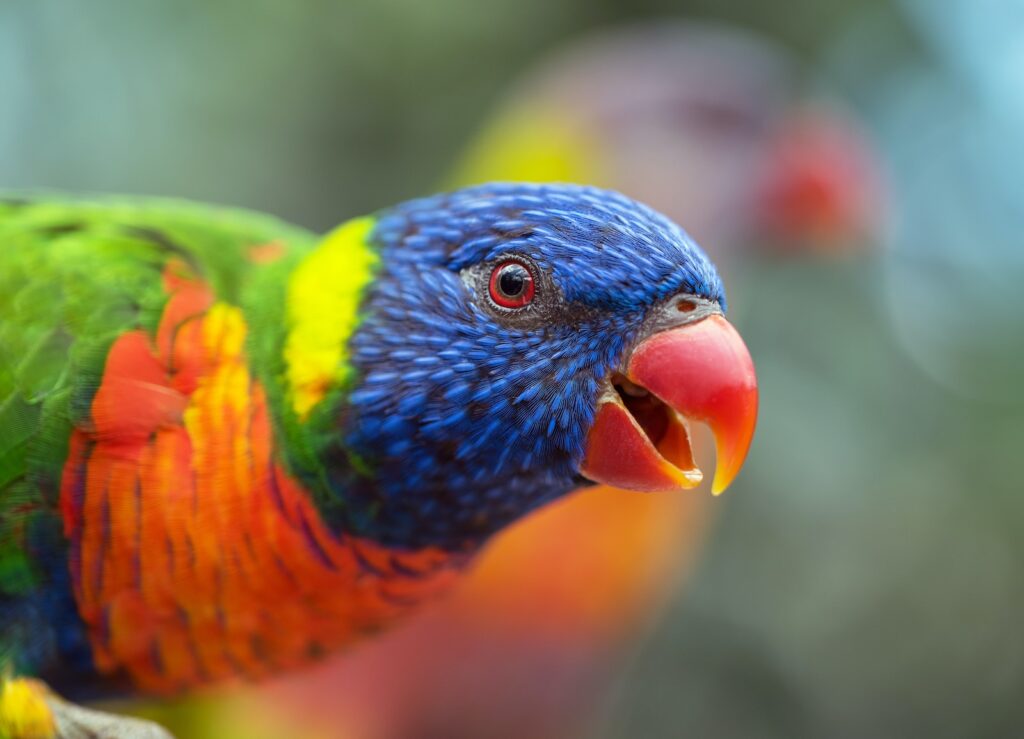
Parrotlets
For the itty-bitty parrotlets like the Pacific Parrotlet, average lifespans reach between 10-15 years. Providing excellent care from a young age extends those precious years with these tiny companions.
Budgerigars
The popular budgie parakeets also land in the small parrot species category. Well-cared-for pet budgies live an average of 4-8 years. Though small, they still exhibit that classic parrot personality!
Cockatiels
Medium-sized cockatiels live approximately 15-20 years on average. They are more long-lived than other small parrot species and make delightful companions with their cute head crest feathers.
Lifespans of Medium Parrot Species
Conures
This diverse group of small-to-medium parrots contains species like green-cheek conures and sun conures that typically live 15-30 years. Some of the larger conure species can meet or exceed the average conure lifespan.
Pionus Parrots
Pionus parrots are medium-sized, stocky parrots that contain species like the blue-headed pionus. They usually reach the ages of 25-30 years when well cared for. Though less well-known than other parrot types, Pionus parrots make fabulous companions.
Senegal Parrots
The popular Senegal parrot lives approximately 30 years on average. Senegals stay small enough to handle easily but are more long-lived than other diminutive parrot species. This makes them a frequent choice for bird enthusiasts seeking a longer-term companion parrot.
Lifespans of Large Parrot Species
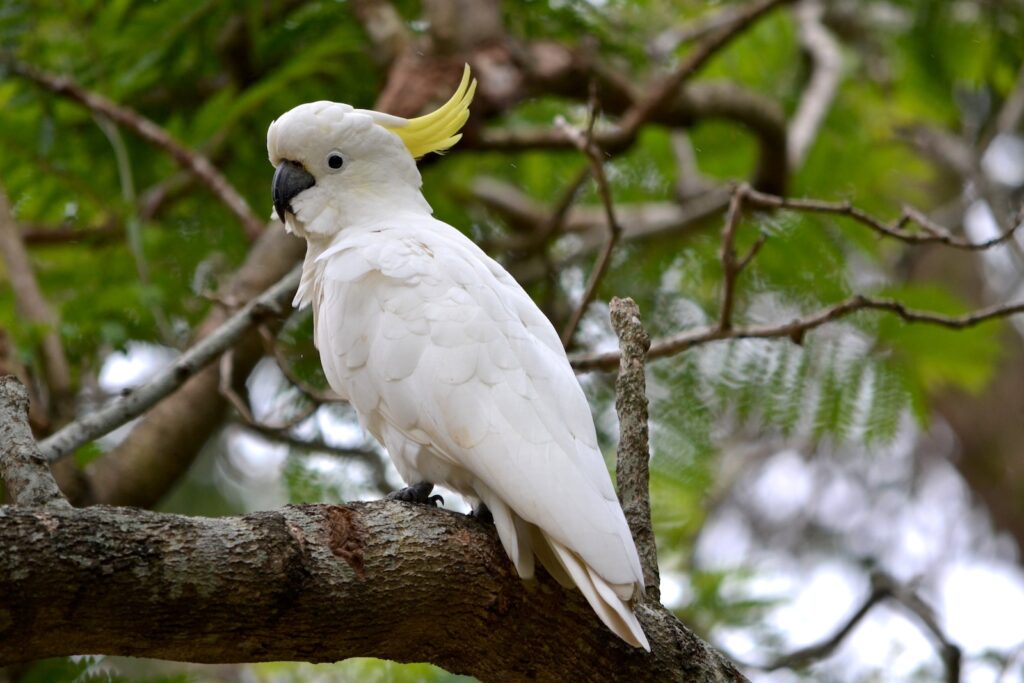
Amazons
This group contains instantly recognizable species like the yellow-naped Amazon. Average lifespans for these large, stocky parrots range between 40-60 years. Some individual birds exceed 70+ years of age.
Cockatoos
Another extremely long-lived parrot group, cockatoos like the umbrella cockatoo typically survive 50-70 years. Some have even reached ages over 100 years old! Their impressive lifespans allow for decades of enjoying that oversized cockatoo personality.
Macaws
The largest species of all, macaws represent the longest-living of all parrot types. The enormous hyacinth macaws and brightly-colored scarlet macaws often outlive their owners at 60-80+ years on average. Responsibly owning one of these impressive but demanding birds represents a lifelong commitment!
Why Do Captive Parrots Outlive Wild Parrots?
The average lifespans quoted for the species above relate primarily to captive parrots. Wild parrots face entirely different environmental pressures that dramatically reduce their longevity compared to cared-for pet birds. What causes this discrepancy?
Predators
Parrots possess bright plumage and loud calls to attract mates – but these traits also make them easy targets for predators. Captive life removes threats from snakes, wild felines, and birds of prey seeking an easy meal.
Availability of Resources
Wild parrots continuously search for food and nesting sites while avoiding danger. They have no guarantee of finding tomorrow’s meal. Captive parrots enjoy reliable, abundant food and clean water that supports better health long-term without the stress of constant foraging.
Veterinary Care
Severely injured or ill wild parrots simply perish. However responsible parrot owners provide critical vet interventions for captive birds. Everything from antibiotics for infection to surgery for broken wings allows captive parrots to reach older ages.
What Impacts Captive Parrot Lifespans?
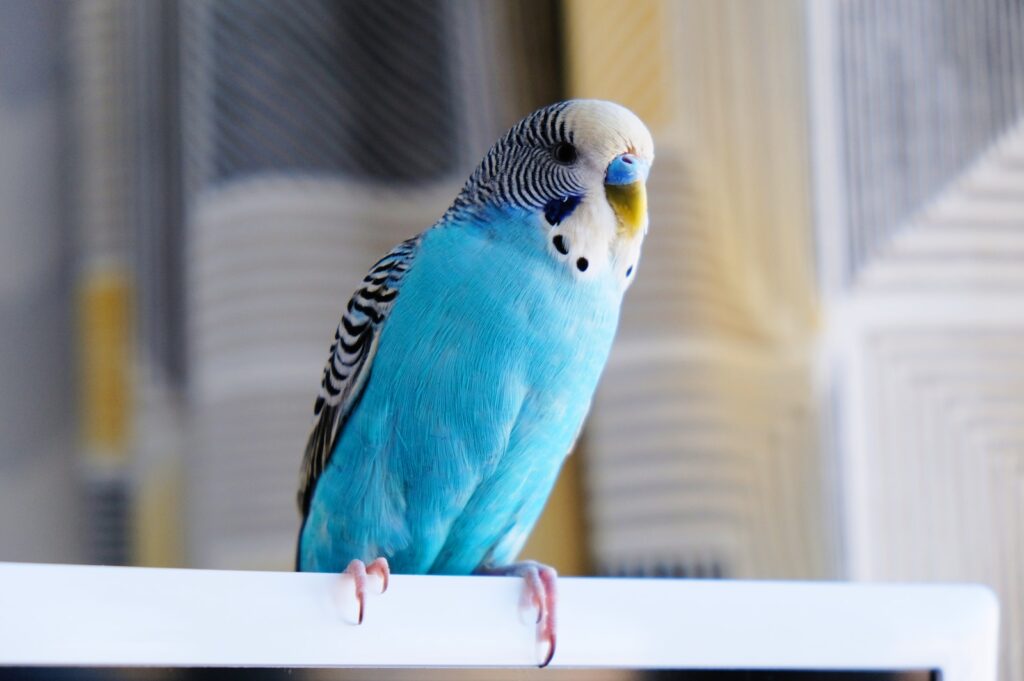
Environmental factors allow captive parrots the potential for impressive life spans compared to wildlife. But whether an owned parrot reaches species-typical longevity depends heavily on the care and upkeep provided by owners. What elements contribute most to a parrot’s lifespan in captivity?
Diet
Nutrition lays the foundation for any parrot’s good health and longevity. These active birds require frequent feedings of wholesome foods like pellets, vegetables, fruits, and healthy proteins. Treats should comprise only a small portion of their caloric intake.
Enclosure Size
Parrots are active, highly intelligent creatures that need physical and mental enrichment. An appropriately sized cage allows ample room for flapping wings and climbing. Time spent outside of the cage exploring also supports their well-being.
Social Interaction
Providing ample quality time for parrots prevents boredom and depression which can cause harmful behaviors like screaming or feather plucking. Parrots are flocking birds: they need interaction and mental stimulation to thrive.
Vet Checkups
Just as yearly check-ups benefit human health, parrots also require regular wellness exams with an avian veterinarian. These visits allow early detection of emerging issues before they become serious illnesses.
Vets assess overall well-being in ways owners can’t at home. Weighing parrots tracks weight trends over time. Bloodwork creates baseline profiles and screens for abnormalities.
Checking droppings catches signs of parasites or dangerous bacteria. Trimming overgrown nails and beaks prevents pain or deformities. Investing in preventative care helps our avian pals meet their long lifespan potential through peak health at every stage of life.
In Closing
Parrots offer unmatched companionship with their intelligence, vocal capabilities, and outgoing personalities that have delighted owners for decades.
But caring for one of these wild birds in captivity carries great responsibility as well. Providing for all their extensive needs allows them to reach those lofty average lifespans their species are capable of.
By choosing an appropriate parrot for your lifestyle, creating an enriching habitat, serving nutritious foods, and scheduling regular vet visits, your feathered friend can potentially outlive even little dogs or cats.
If you seek an engaging, long-term companion animal, a well-cared-for parrot certainly fits the bill! The decades of enjoyment and laughter these amazing birds bring outweigh the commitment required.
For the devoted pet owner, it’s a small price to pay for a lifetime friend. I hope you enjoyed this in-depth examination of what makes parrots such long-lived avian companions! Let me know if you have any other questions about parrots or improving their longevity.

